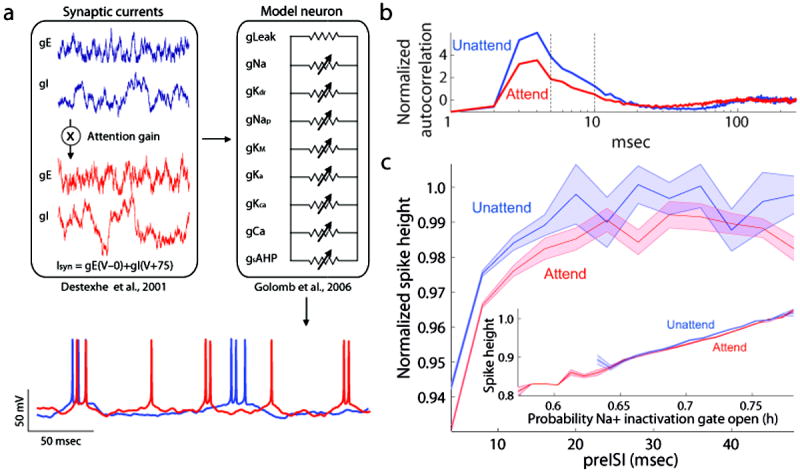Figure 2. Scaled Conductance Model of Attention.

a: Schematic of model neuron (right) and fluctuating synaptic inputs (left). Below, example intracellular traces produced by the model in the attended (red) and unattended (blue) conditions. b: Model reproduced the attention-dependent reduction in burstiness seen in our V4 neurons, as shown by the reduction in the peak of the normalized autocorrelation function in the attended condition (red) relative to the unattended condition (blue). This reduction was comparable to the peak reduction we observed in V4 neurons (compare to Figures 1c and 1d). c: Model prediction of an attention-dependent reduction in extracellular action potential height. Note the predicted spike-independent-reduction in height, reflected in the downward shift of spike height curve when attention was directed into the receptive field. Inset: Attention-dependent reduction in action potential height for matched levels of sodium inactivation. Extracellular action potential height is plotted as a function of the sodium inactivation variable, h, 0.6 msec before the peak of the action potential. h corresponds to the probability that the sodium inactivation particle is not blocking the channel. When h was large, more sodium channels were available to participate in the action potential, leading to spikes of higher amplitude. In addition to this dependence of spike height on sodium channel inactivation (p < 0.0001, Rs = 0.96 attended, Rs = 0.95 unattended), the modeled predicted an attention-dependent reduction in spike height. This can be seen by the vertical shift between the height in the unattended condition (blue) and the attended condition (red).
